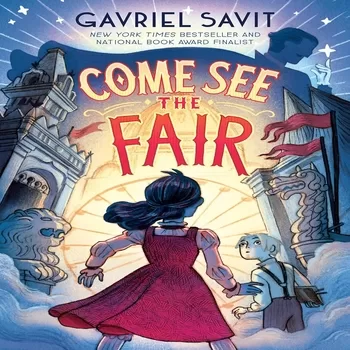Description
The Swallowed Man: A Novel
In the quaint Tuscan village of Collodi, a solitary woodcarver yearns for the warmth of a son’s companionship. One fateful day, driven by an inexplicable urge as if the wood itself beckoned him, Giuseppe—affectionately known as Geppetto—shapes a charming marionette from pinewood, envisioning a future where he could showcase his creation to audiences far and wide. However, the moment his exquisite puppet springs to life, Geppetto is taken aback, letting out a startled cry as the lively figure, named Pinocchio, bounds from his grasp and vanishes into the darkened streets.
The following day, Pinocchio returns, but his mischievous spirit quickly tests Geppetto’s patience. The boy, full of tricks and tales, challenges his father’s authority at every turn, weaving elaborate stories that lead to a peculiar consequence: his nose, the very feature Geppetto painstakingly carved, begins to elongate like a branch sprouting from a tree. This whimsical transformation is a constant reminder of the boy’s antics, and their relationship becomes a tumultuous dance of love and frustration, culminating in a final confrontation that sends Pinocchio fleeing once more.
In a desperate bid to find his wayward son, Geppetto follows whispers of Pinocchio’s whereabouts to the coast, only to face an unexpected fate as a colossal fish swallows him. Trapped in the creature’s belly, he is engulfed by a profound sense of guilt for the rift between them. In the darkness of his confinement, Geppetto reflects on his actions, longing for the day when he can mend the bond with the son he inadvertently pushed away, hoping for a chance to embrace the joy of fatherhood once more.
In The Swallowed Man, Edward Carey weaves a rich tapestry of charm, ambiance, and profound emotional resonance that has become his signature style. This narrative serves as a poignant exploration of themes such as parenthood, grief, and the bittersweet act of release, all brought to life through Carey’s distinctive and whimsical illustrations. His imaginative storytelling places him alongside luminaries like Gregory Maguire, Neil Gaiman, and Tim Burton, inviting readers into a world where the fantastical meets the deeply personal, creating a parable that resonates on multiple levels.
Edward Carey
Edward Carey is a multifaceted creative talent, known for his work as a novelist, visual artist, and playwright. His literary repertoire boasts several notable novels, including “Little,” “Alva & Irva,” and “Observatory Mansions.” Additionally, he has garnered significant acclaim for his young adult series, the Iremonger Trilogy, which has captivated readers with its imaginative storytelling and rich character development. Carey’s versatility extends to the stage, where he has crafted an adaptation of Robert Coover’s “Pinocchio in Venice,” a fresh take on the beloved tale that continues the adventures of the iconic wooden puppet.
Originally hailing from England, Edward Carey has made a significant impact on literary and artistic landscapes. His unique voice and distinctive style have earned him a dedicated following, and his works often explore themes of identity, transformation, and the intricacies of human relationships. As a visual artist, he brings a vivid imagination to life through his illustrations, which often accompany his written works, creating a harmonious blend of text and imagery that enhances the reader’s experience.
Currently, Carey resides in Austin, Texas, where he shares his life with his wife, the esteemed author Elizabeth McCracken, and their family. He is also a dedicated educator, imparting his knowledge and passion for storytelling to students at the University of Texas. Through his teaching, he inspires the next generation of writers and artists, encouraging them to explore their creativity and find their unique voices in the world of literature and beyond.





























































































































Reviews
There are no reviews yet.